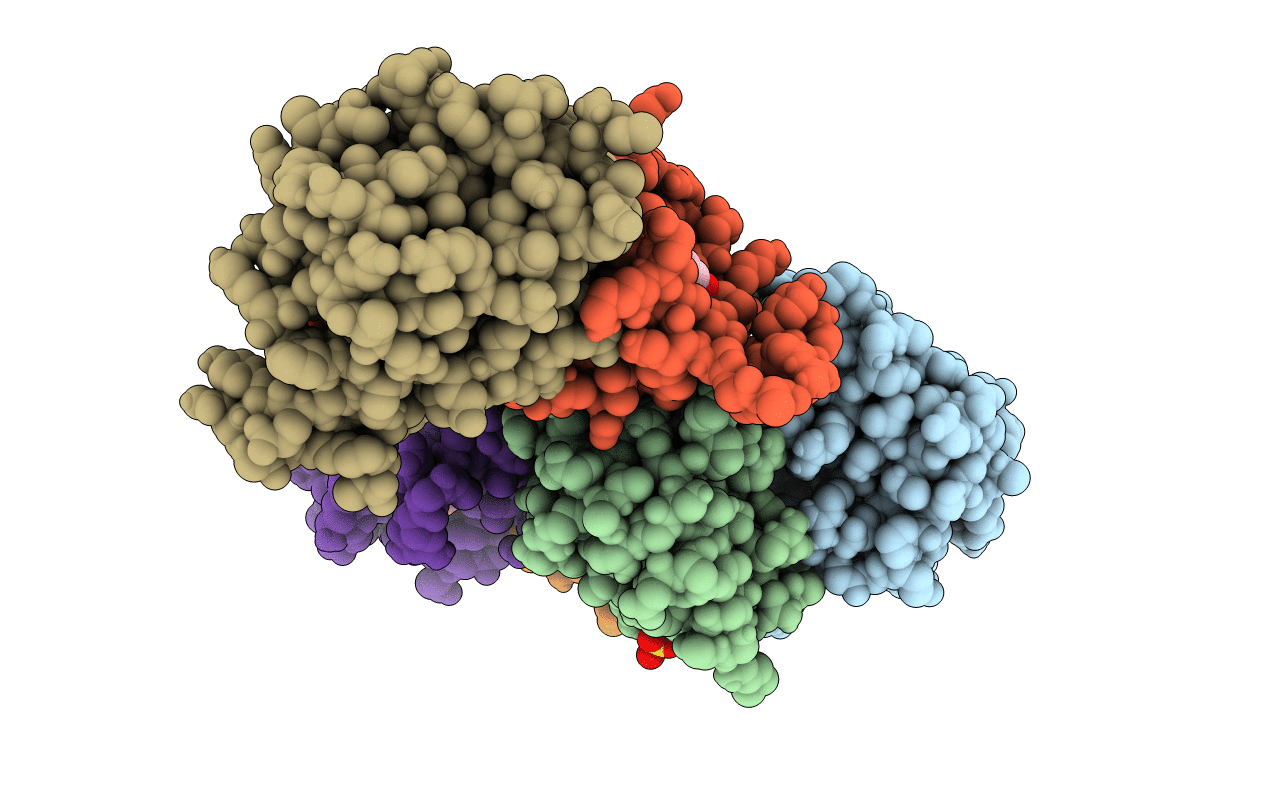
Deposition Date
1999-06-24
Release Date
1999-11-16
Last Version Date
2023-12-13
Entry Detail
PDB ID:
1QJG
Keywords:
Title:
Crystal structure of delta5-3-ketosteroid isomerase from Pseudomonas testosteroni in complex with equilenin
Biological Source:
Source Organism:
PSEUDOMONAS TESTOSTERONI (Taxon ID: 285)
Host Organism:
Method Details:
Experimental Method:
Resolution:
2.30 Å
R-Value Free:
0.27
R-Value Work:
0.20
R-Value Observed:
0.20
Space Group:
P 1 21 1


